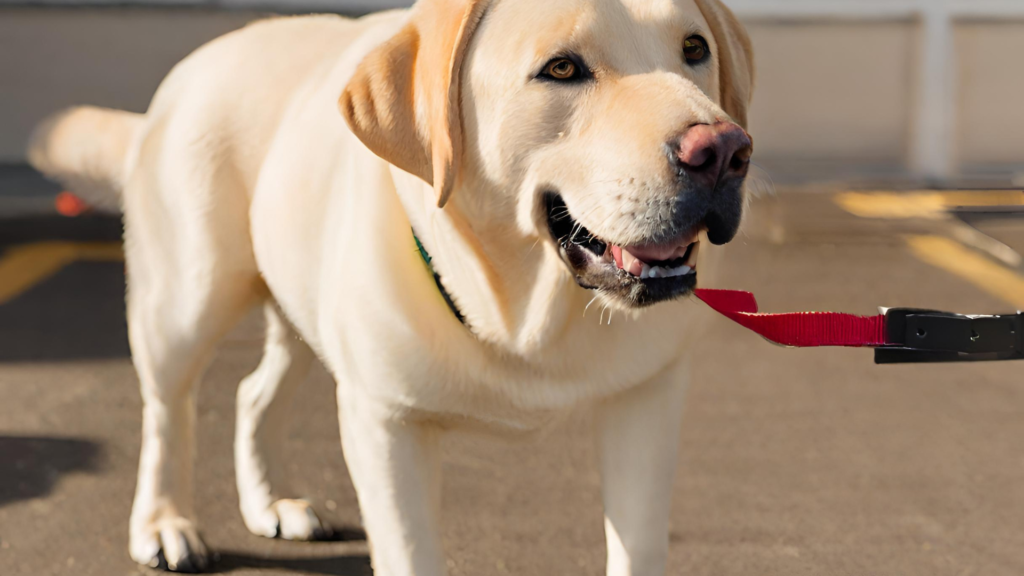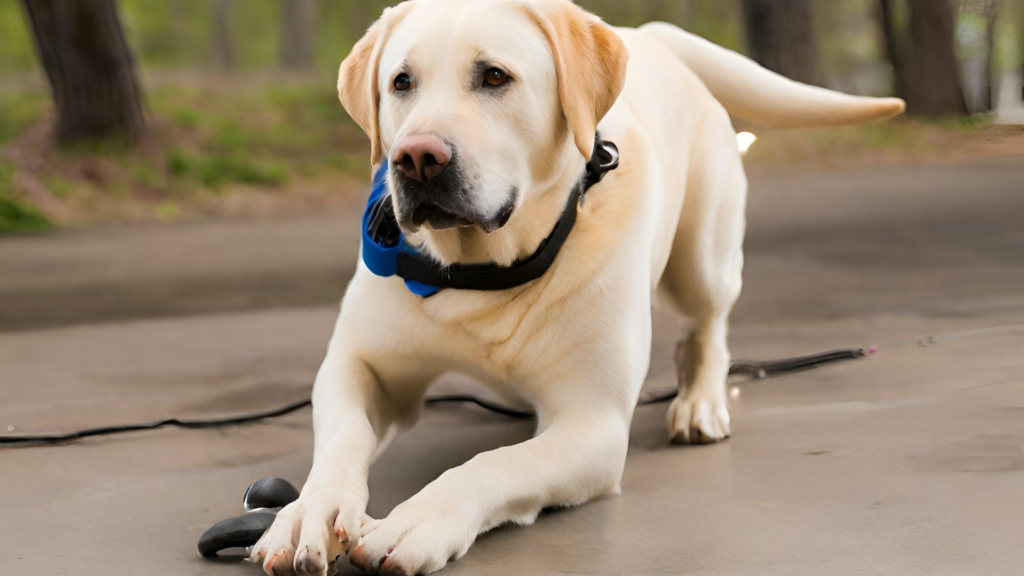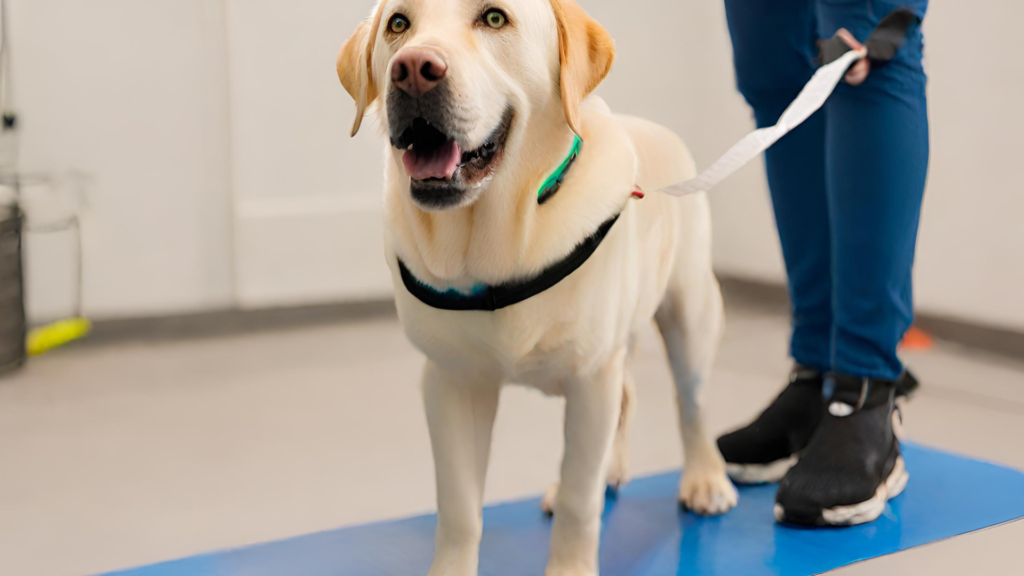Table of Contents
Introduction
Imagine having a loyal and well-mannered Labrador by your side, eager to please and ready to impress. Training your Labrador from puppyhood to become a pro is not only a rewarding experience but also a valuable investment in creating a harmonious relationship with your furry companion. In this comprehensive guide, we will explore the step-by-step process of transforming your rambunctious Labrador pup into a well-behaved and obedient companion.
Understanding the Labrador Breed

Before delving into the training process, it is crucial to understand the Labrador breed’s characteristics. Labradors are intelligent, friendly, and energetic dogs, eager to learn and please their owners. Their versatility makes them excellent candidates for various roles, including search and rescue, therapy work, and assistance tasks. However, their abundance of energy and mischievous nature require consistent training and mental stimulation to channel their potential positively.
Establishing a Bond of Trust
Building a strong bond of trust with your Labrador is the foundation of successful training. This bond fosters effective communication, mutual understanding, and a nurturing environment for both you and your pup. Here are essential steps to establish trust and lay the groundwork for training:
- Spend quality time together, engaging in interactive play and gentle physical touch.
- Praise and reward desirable behaviors to reinforce positive associations.
- Practice consistency in your interactions and training techniques.
- Prioritize bonding activities such as grooming, cuddling, and exploring new environments together.
“A strong bond of trust sets the stage for a successful training journey.”
Basic Obedience Training

- Crate Training
- Introduce your Labrador to a crate gradually, making it a comfortable and safe space.
- Use positive reinforcement, treats, and praise to associate the crate with positivity.
- Gradually increase the duration of crate time, mimicking realistic scenarios without causing distress to your pup.
- Avoid using the crate as a form of punishment.
- Housebreaking
- Set a consistent routine for feeding, watering, and bathroom breaks.
- Take your Labrador outside after meals, playtime, or waking up to encourage elimination outside.
- Use verbal cues and rewards when your pup eliminates in the appropriate location.
- Clean any accidents promptly and avoid scolding the key is consistency and positive reinforcement.
- Leash Training
- Introduce your Labrador to a leash and collar gradually, allowing them to acclimate.
- Use positive reinforcement to reward your pup for walking beside you without pulling.
- Practice loose leash walking and gradually increase distractions as your pup progresses.
- Ensure regular exercise to help manage your Labrador’s energy levels and promote focus during leash training.
“Consistency, patience, and positive reinforcement are the pillars of basic obedience training.”
Advanced Training Techniques

- Command Training
- Teach essential commands such as sit, stay, lie down, come, and leave it using positive reinforcement.
- Break down each command into small steps, gradually increasing difficulty.
- Use treats, praise, and consistent verbal cues to reinforce desired behaviors.
- Employ short and structured training sessions to maintain engagement and prevent frustration.
“Training commands not only instill discipline but also enhance the bond between you and your Labrador.”
- Socialization
- Expose your Labrador to various environments, people, and animals from an early age.
- Arrange controlled interactions with other friendly and vaccinated dogs to promote social behavior.
- Encourage exploration of new sights, sounds, and textures while providing range.
- Gradually increase the level of exposure as your pup becomes more comfortable.
- Mental Stimulation
- Engage your Labrador’s mind with puzzle toys, interactive games, and obedience exercises.
- Teach new tricks or advanced commands to keep their mind challenged and engaged.
- Incorporate scent work, agility training, or obedience competitions to provide a fulfilling outlet for their abilities.
“A well-rounded Labrador is a mentally stimulated Labrador.”
Maintaining Training Progress

- Consistency and Reinforcement
- Maintain a consistent training routine to reinforce previously learned behaviors.
- Continue using positive reinforcement techniques to incentivize obedience.
- Gradually reduce the frequency of treats as your Labrador becomes more reliable in responding to commands.
- Integrate training into daily activities to reinforce good behavior continuously.
- Avoiding Bad Habits
- Be vigilant in monitoring and correcting any emerging bad habits, such as excessive barking or jumping.
- Redirect problem behaviors towards positive alternatives and reward desirable behavior instead.
- Consistency and patience are key when working to eliminate bad habits.
- Continued Socialization
- Regularly expose your Labrador to various situations and environments throughout their life.
- Keep interactions with other animals, dogs, and people positive and rewarding.
- Reinforcement of good social behavior should be ongoing to prevent regression.
“Training is a lifelong journey, ensuring a well-behaved and happy Labrador.”
Conclusion
Training your Labrador from a mischievous and energetic pup to a well-behaved and obedient companion requires patience, consistency, and a deep understanding of the breed. By establishing a strong bond of trust, mastering basic obedience, and incorporating advanced training techniques, you can shape your Labrador into a polite and well-adapted member of your family. Remember, it’s a continuous process that demands ongoing reinforcement, socialization, and mental stimulation. Embrace the journey and enjoy the transformation of your Labrador from a puppy to a pro!
Lola is a passionate blogger, weaving heartfelt stories that capture the enchantment of French Bulldogs, the warmth of Golden Retrievers, and the exuberance of Labrador Retrievers, showcasing the profound emotional bonds formed with these beloved canine companions.










